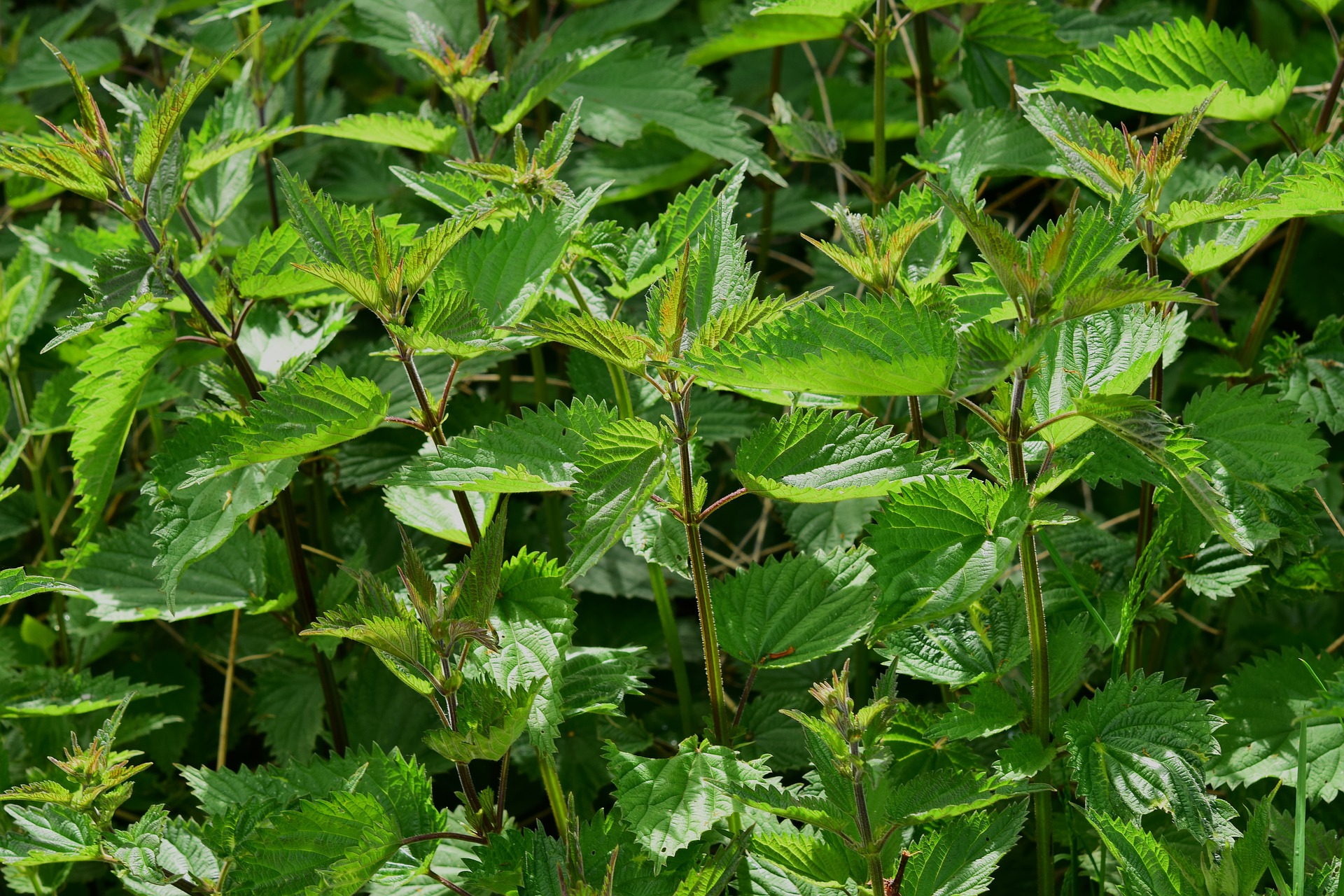It’s the beginning of February and a good time to start some celery. Celery is one of those vegetables that takes a long time to germinate and a long time to mature. You can enjoy some leaves and stems throughout the season, but count on about 4 months or so if you want to harvest the whole plant for your table or market.
Celery does not enjoy dry soil or hot weather. It will become stunted if you experience drought conditions or extreme heat. It’s best grown in moist, even water logged, soil that is cool. That is why it is a good time to get your celery going now, in the cool season. If you wait too long into spring, you can also have good success sowing seed in the fall for a late spring crop the next year.
On a day when the ground is thawed and can be worked a little, you can direct sow celery seed. Most folks will tell you to wait until April or May, but I do it like this every year and always have good success. The other option for this time of year, is winter sowing in mini greenhouses made from recycled materials such as milk jugs and lettuce boxes. Celery is easy to transplant, so starting a bunch of seeds in a flat under a cloche can be a good head start option. Be patient with celery! Just when you are about to give up, it will germinate. If you are transplanting seedlings, space them around 12 inches apart.
To care for your seedlings make sure they are watered regularly and kept weed free. Celery does not compete well with weeds. Crushed eggshells around the plants can be a good dose of calcium, a mineral that celery needs to grow well. A mulch of straw or compost around the plants as they grow will help retain moisture in the soil during summer, keep the weeds down, and give a slow feed of fertilizer. Celery is a relatively heavy feeder, so you may also consider additional fertilizer.
Companion plants for celery include: leeks, tomatoes, cauliflower, cabbage, and bush beans.
One great thing about celery is that if you leave the base of the plant in the ground instead of uprooting the whole thing when using it, more celery will grow back. If you also allow it to overwinter, the plant will bolt the following spring, supplying you with a plethora of seeds for eating (celery seed) or for planting next season.
Celery leaves and stems can be dried or frozen for storage, and the stalks will also store well in a root cellar. Here are some celery recipes too!
To find people buying and selling fresh local vegetables, fruits, meats and other great stuff in your area, check out Pick-A-Pepper.com!
photo credit and seeds to order
Similar Stories:
- Seeds to start now for spring planting
- 20 Perennial Crops to Plant Now and Enjoy For A Lifetime.
- Here’s What Happens When You Eat Celery Everyday
- How To Grow Stevia and Make Your Own Extract
- Soil Blocks for Seed Starting




